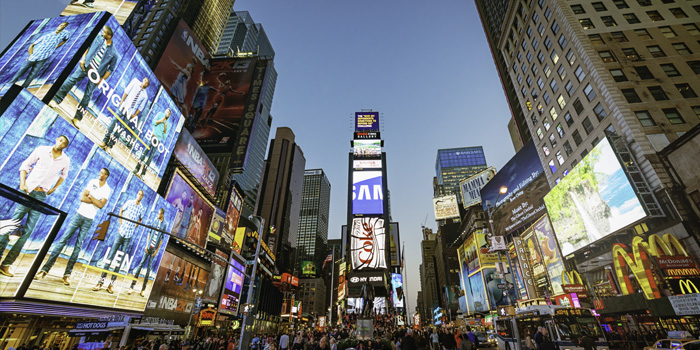 When our author Joyce was growing up, the phrase, “Keeping up with the Joneses” was the reality of day. If you wanted to be accepted into certain peer groups, you consumed visibly. The type of car you drove, the brand of clothes you wore, the street on which you lived, these conspicuous displays of status and others all mattered. Now, we are beginning to see major changes in that attitude.
When our author Joyce was growing up, the phrase, “Keeping up with the Joneses” was the reality of day. If you wanted to be accepted into certain peer groups, you consumed visibly. The type of car you drove, the brand of clothes you wore, the street on which you lived, these conspicuous displays of status and others all mattered. Now, we are beginning to see major changes in that attitude.
What is behind that shift
With “the democratization of consumer goods,” luxury brands – often copied – are far less useful for displaying status. Many people in the middle classes can now afford to buy impressive TVs and designer handbags. Both upper- and middle-class consumers can now afford to lease expensive cars, take exotic cruises and travel the world. Given that luxury brands are now accessible to many people, the rich have started using different, less conspicuous displays of wealth.
The rise of the ‘Aspirational Class’
Though Russian oligarchs and affluent billionaires will still demonstrate their wealth with large estates, super yachts and Rolls Royce automobiles, there is a new class of elite emerging. According to Elizabeth Currid-Halkett, professor at the University of Southern California and author of “The Sum of Small Things: A Theory of the Aspirational Class” (Princeton University Press 2017), this trend is being driven by “a well-to-do, educated elite” that she calls the “Aspirational Class.” The Aspirational Class values “knowledge and building cultural capital,” plus their spending habits are different as well. These folks prefer to spend on services, education and other types of investments in themselves, rather than “purely material goods.” The author calls these new status behaviors “inconspicuous consumption.”
What the Aspirational Class is spending on
Though the rise of The Aspirational Class is not limited to the United States, this trend appears to be strongest in the U.S. According to the U.S. Consumer Expenditure Survey, since 2007, the country’s top 1 percent (people earning more than $300,000 per year) are spending significantly less on material goods. At the same time, middle-income groups (earning approximately $70,000 per year) are spending the same, and their trend is upward. Avoiding overt materialistic spending, the rich are investing significantly more in education, retirement and health.
Education is/will be the benefactor
These intangibles cost many times more than any designer handbag that a middle-income consumer might purchase. The top one percent now dedicate most of their expenditures to inconspicuous consumption. Plus, education accounts for a significant portion of these expenditures (almost 6 percent of top one percent household expenditures, compared with just over one percent of middle-income spending). In fact, since 1996, spending of the top one percent on education has increased 3.5 times.
Spending on other non-status items
From reading costly magazines to choosing organic foods, the Aspirational Class is voting for inconspicuous consumption with their wallets.
Obviously, members of the Aspirational Class will drive increases in spending education, organic foods and other less conspicuous goods and services, including physical and financial fitness. We are already seeing some television commercials appealing to the Aspirational Class and we expect to see more, acknowledging peoples’ desires to invest in improving themselves.














